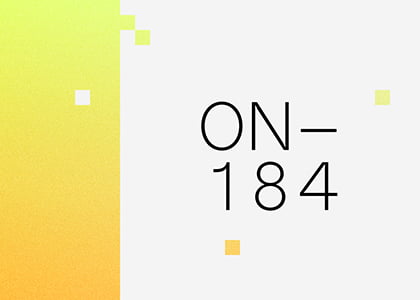Research Summary
The report provides a comprehensive analysis of the Render Network, a blockchain-based global rendering platform that uses GPU power for digital photon tracing and 3D content creation. It covers the project’s overview, use case, adoption, revenue, tokenomics, treasury, governance, team and investors, competitors, risks and audits, and a summary.
Key Takeaways
Render Network’s Use Case and Adoption
- Unique Use Case: The Render Network serves artists, engineers, designers, and developers by offering GPU resources for creative, scientific, and industrial projects. It enables cost-effective production that could be prohibitive with local infrastructure or centralized services.
- Wide Adoption: Since its inception, the Render Network has rendered over 33 million total frames and has been used to create works ranging from blockbuster TV shows and films to large-scale stadium graphics and iconic 3D non-fungible token (NFT) collections.
Render Network’s Revenue and Tokenomics
- Revenue Generation: The $RENDER token enables payment transactions between artists and node operators using a Burn & Mint Equilibrium (BME) system. Artists burn $RENDER for work credits, and the network mints or allocates $RENDER to operators based on completed work and reputation.
- Token Transition: $RNDR, launched in 2017 as an Ethereum token, transitioned to the Solana blockchain in 2023 as $RENDER, following a community vote. This move aimed to speed up transactions, lower fees, and support the project’s goals of managing more on-chain data and transactions.
Render Network’s Governance and Team
- Decentralized Governance: Governance of the Render Network is managed by the Render Network Proposal (RNP) System, which includes an initial proposal or grant, draft submission, initial proposal vote, Render Network Team review, RNP vote, and implementation.
- Experienced Team and Investors: Founded in 2017 by Jules Urbach, then CEO of OTOY, the Render Network project has raised over $47m through a Public Sale and Funding Rounds. Noteworthy investors include Multicoin Capital, Solana Ventures, and Sfermion.
Render Network’s Competitors and Risks
- Competitive Landscape: Render’s primary competitors include Akash Network, Filecoin, Golem, IONET, Nuco cloud, and OctaSpace. However, Render holds a significant first-mover advantage in this field.
- Risk Assessment: Render has obtained a CertiK score of 79.68, placing it at 751st among all cryptocurrencies evaluated by the company. Otter Security has audited their bridge code (ETH to Solana).
Actionable Insights
- Monitor the Transition to Solana: The transition of $RNDR to $RENDER on the Solana blockchain could potentially speed up transactions, lower fees, and support more on-chain data and transactions. This transition could have significant implications for the project’s future performance.
- Assess the Impact of Governance: The decentralized governance system of the Render Network, managed by the Render Network Proposal (RNP) System, could influence the project’s direction and development. Understanding this governance system could provide insights into the project’s future trajectory.
- Consider the Competitive Landscape: Render’s position in the competitive landscape, particularly its first-mover advantage, could impact its market position. Evaluating the strengths and weaknesses of Render and its competitors could provide a more nuanced understanding of the project’s potential.












